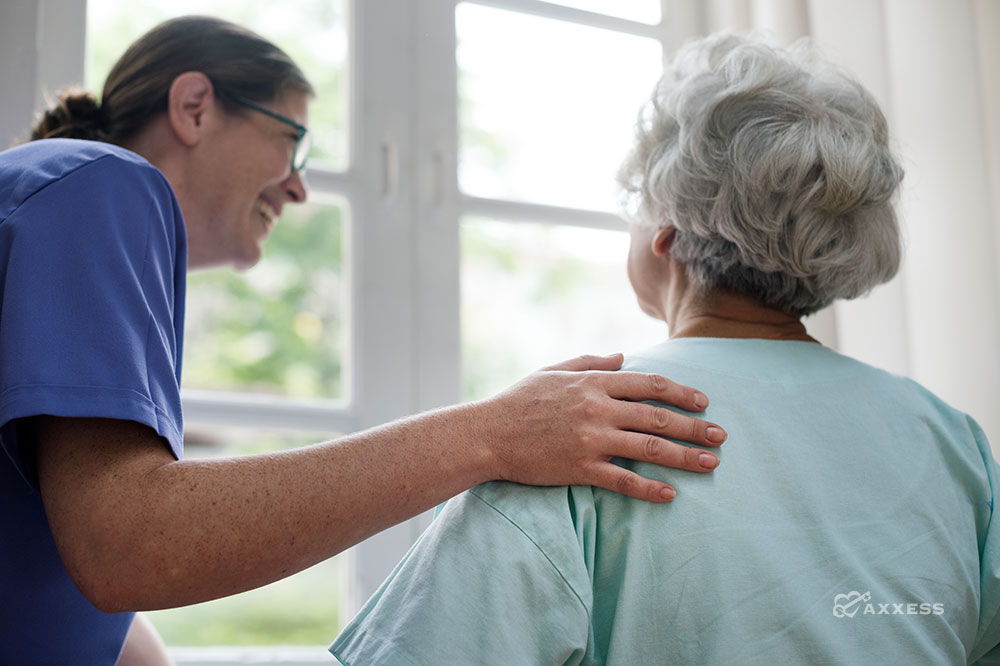
The release of the Centers for Medicare and Medicaid Services (CMS) annual final rule is highly anticipated by home health organizations eager to learn if more reimbursements and allowances are coming their way in the following year. A proposed rule is typically released prior to the final ruling, giving home healthcare professionals a glimpse into what changes to possibly expect.
For those who studied the 2021 Proposed Rule, the 2021 Final Rule doesn’t look much different.
Five Takeaways From the 2021 Final Rule
The most notable aspect of the final rule is the impending start of no-pay Requests for Anticipated Payment (RAPs). While this change has been expected, most still expected a grace period to allow organizations to adapt.
The 2021 Final Rule presented no actual surprises for home health organizations. There are five key takeaways that should be mentioned:
- There will be a slight adjustment in payment from 2.7% to 1.9%.
- Organizations seeking new certification will no longer need to conduct test Outcome and Assessment Information Set (OASIS) transmissions to the CMS data system as part of the initial certification process.
- Minor adjustments were made to the Home Health Value-Based Purchasing Model.
- More details were given on telecommunication in home health.
- No-pay RAPs will begin in 2021, replaced by a Notice of Admission (NOA) in 2022.
The Future for Telehealth
More provisions have been provided on telecommunication, including a clear answer on reimbursement for telehealth visits: these are not billable visits. However, CMS is still encouraging use of telecommunication with patients, and the benefits typically outweigh the regulatory restrictions.
Physicians can use telehealth for visits, as long as the orders are present on the plan of care, and orders should relate to the patient’s needs identified on the initial assessment and plan of care goals. Telehealth cannot be used in place of mandatory in-person visits. The actual costs of telehealth can be listed on line five of the cost report, keeping in mind a strict audit will be completed by CMS.
The Beginning of No-Pay RAPs
No-pay RAPs means there is a complete elimination of pre-payments to the organization, with small home health businesses potentially experiencing the most harm.
With already razor-thin margins, smaller organizations may not have prepared for this significant pivot in home health billing. This entire process was described in detail in the 2020 Final Rule, yet many were hoping CMS would provide a postponement because of the COVID-19 pandemic. As a result, many organizations did little to prepare.
While this is primarily a process change, it comes with significant financial penalties if not followed. CMS has created a path to assist organizations in preparing for no-pay RAP submissions.
- Organizations must have a billable visit submitted and the patient admitted. There is no requirement for a full admission with OASIS completion. Only a billable visit is required.
- Organizations must have a valid verbal or written physician’s order listing the disciplines and services required for the initial visit and need for home healthcare.
The information required for the actual submission of no-pay RAPs will mirror that for next year’s NOA. For episodes extending beyond the first 30 days, RAPs for both billing periods may be submitted at the same time.
To submit a RAP, the organization will need to provide the following items:
- Any valid HIPPS code from the 452 available. There is no requirement for this HIPPS code to be accurate, as was previously required.
- Primary diagnosis of the patient.
An Easier Way to Adapt to the 2021 Final Rule Changes
The changes to this payment system will cause a significant impact on home health organizations. Business owners and administrators will need to be vigilant in making the necessary operating procedure changes in order to maintain compliance and revenue.
Using a revenue cycle management software that automates compliance can ease the strain for busy organizations and help ensure that potential revenue is not missed. In fact, because of a direct connection to CMS, Axxess clients get claims accepted earlier so organizations won’t receive a reduction in reimbursement that will come with late no-pay RAPs.
